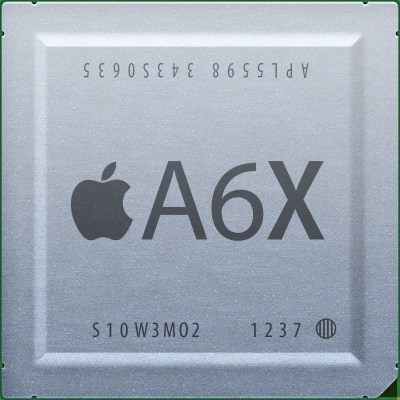Apple CEO Tim Cook said in today’s keynote speech at the Goldman Sachs investor conference that while Apple picks acquisition targets based on opportunity, the company has a clear strategy if you look back at its acquisitions over the past three years.
“If you look at the last three years, we’ve averaged an acquisition every other month,” he said. “And the kind of companies we’ve purchased have been companies with really smart people and/or IP.” But with a few notable exceptions (including Siri), Cook said that most of the time, what ends up happening with these acquisitions is that Apple takes that talent and puts them to work on projects that they fit, but that are more in line with Apple’s own strategy.
The perfect example, he says, is P.A. Semi, the chipmaker Apple acquired in 2008. With that, Cook explained that P.A. Semi engineers were working on PowerPC, which by then was not something Apple cared about. But Apple recognized the talent of the company’s staff, and immediately put them to work on the engines that power iOS devices through the A-series chips.
“That’s a great example of what we’ve done, and we will do more of those,” Cook said. “We really like to control the primary technology of the product that we’re in.” Apple’s efforts to control its own parts design is most evident with the AX processor series, which is now even designed in-house instead of based on ARM-licensed white label chips, but these comments suggest that we’ll see Apple try to control more in the future, too.
Cook also commented on whether or not Apple would acquire a large company, saying that Apple has “looked at large companies” on multiple occasions. The targets never “passed the test” he said, which are mostly about making sure that acquisitions don’t just add revenue streams, but instead contribute meaningfully to actual product advancement.
